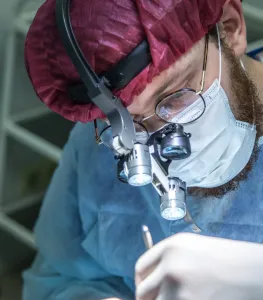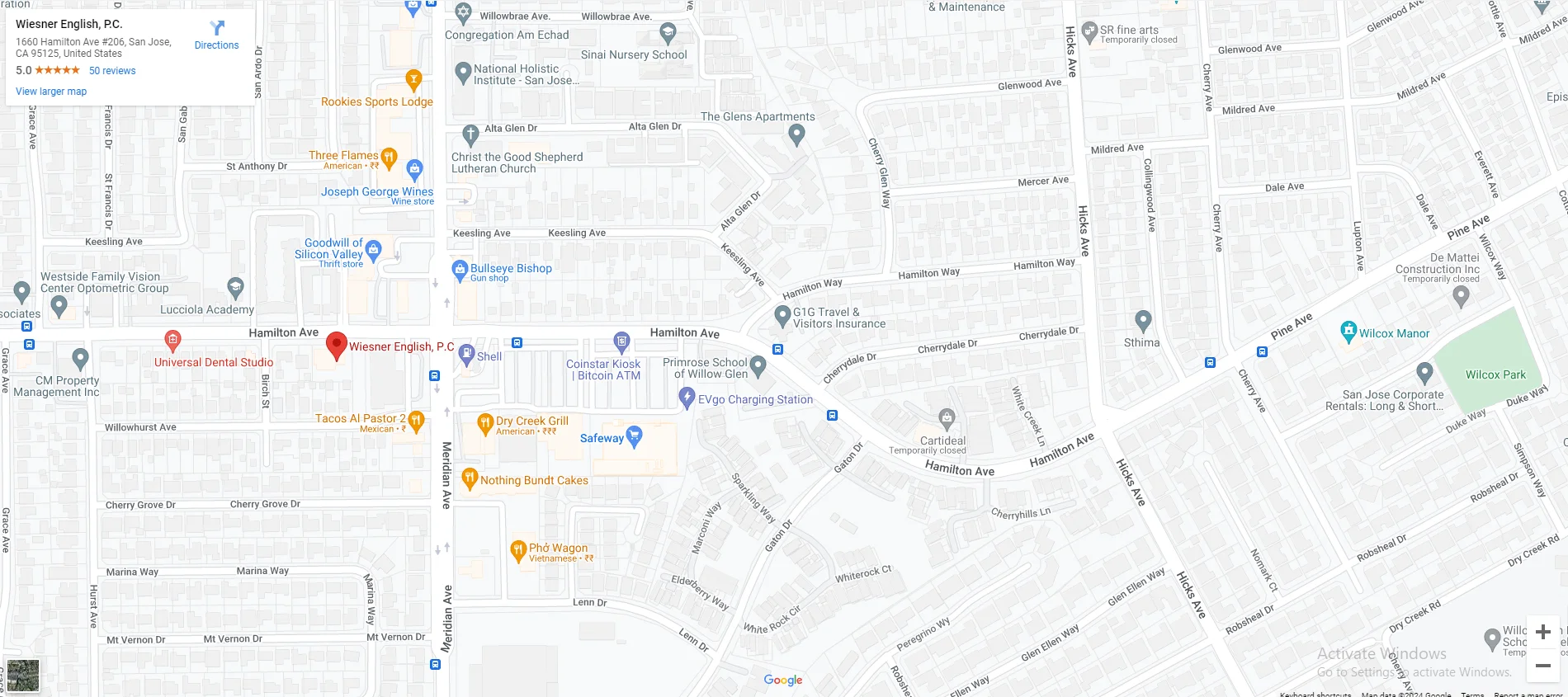|
|
Last Modified on Feb 28, 2024
After a workplace injury, the first thing that might happen is paperwork or an incident report. It might have been a trip to the emergency room. Often, though, an employee is directed to a front-line occupational medical clinic. Some clinics are favored by employers or insurance companies due to lower cost of care. While that’s fine for the company paying the bills, the person with an injury can face long wait times, difficulty getting medical reports, and might never meet the treating doctor. It’s not uncommon for someone think they’re seeing a medical doctor only to finally get the reports and discover they’ve been seeing a nurse or physician’s assistant and never met the medical doctor responsible for their care.
Some providers at an occupational medical clinic might not be as thorough. Treatment requests have to document the medical need for that treatment. If a doctor, nurse, or assistant is not thorough when documenting the medical necessity for that treatment, the request is more likely to be denied. The patient’s medical recovery can be delayed or diminished as a result.
It’s common for self-insured employers or work comp insurance companies to maintain a Medical Provider Network or MPN. This works a lot like an HMO where an in-network Primary Treating Physician is in charge of referrals to other in-network providers. Once the claim is filed–or when an MPN is being asserted–the claims adjuster should send MPN information including how to get a list of local doctors in network (see 8 CCR sec. 9767.12(a)).
Getting quality care after an injury is important. Helping find that quality care earlier on is one of the ways we help our clients reach a better result following a work injury. If you or someone you know was injured on the job, please call us or click here to request a free consultation.








